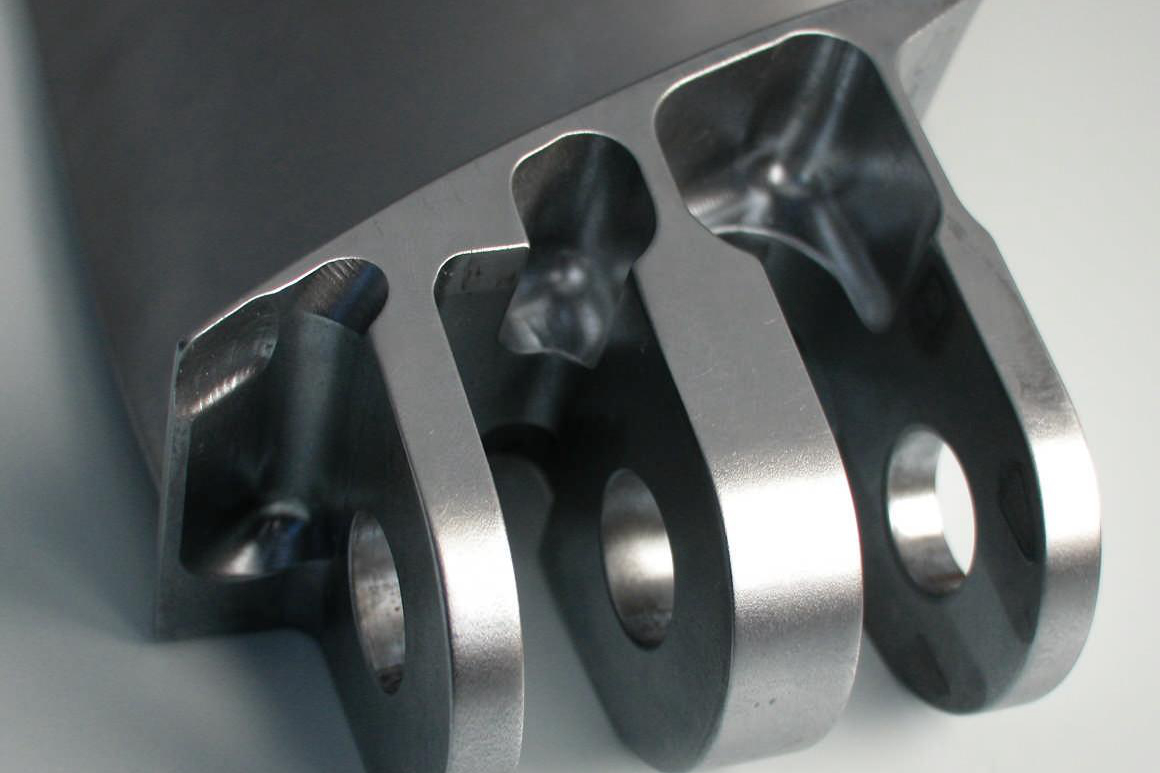Oil and Gas Parts High-Temperature Custom Components Foundry
Introduction to Custom High-Temperature Components for Oil and Gas Applications
High-temperature components play a critical role in the rigorous operational environments of the oil and gas industry, requiring superior thermal resistance and corrosion stability. At Neway AeroTech, we specialize in manufacturing custom high-temperature alloy components using advanced processes such as vacuum investment casting and directional solidification casting.
Our foundry's expertise ensures components deliver outstanding reliability, dimensional precision, and long service life even in severe oil and gas conditions.
Manufacturing Challenges for High-Temperature Oil and Gas Components
Key manufacturing challenges include:
Thermal Stability: Sustaining mechanical integrity at operating temperatures exceeding 1000°C.
Corrosion Resistance: Combating corrosion from hydrogen sulfide (H₂S), chlorides, and aggressive acidic environments.
Precision and Complexity: Achieving tolerances as tight as ±0.10 mm for intricate component geometries.
Machining Difficulties: Managing materials with low thermal conductivity and high work-hardening rates.
Detailed Manufacturing Processes for High-Temperature Components
Vacuum Investment Casting
High-precision wax pattern creation replicating intricate designs.
Ceramic mold formation followed by wax removal at approximately 180°C.
Casting alloys under high vacuum (<0.01 Pa) minimizes defects and impurities.
Gradual controlled cooling (30–35°C/hour) enhances dimensional accuracy and reduces internal stresses.
Directional Solidification Casting
Controlled thermal gradients (20–50°C/cm) produce directional grain structures.
Enhanced creep resistance and fatigue life through grain alignment.
Slow cooling (20–35°C/hour) minimizes porosity and ensures uniform internal microstructure.
Comparative Analysis of High-Temperature Component Manufacturing Processes
Process | Dimensional Accuracy | Surface Finish | Efficiency | Complexity Capability |
|---|---|---|---|---|
Vacuum Investment Casting | ±0.15 mm | Ra 3.2–6.3 µm | Moderate | High |
Directional Solidification | ±0.20 mm | Ra 6.3–12.5 µm | Moderate | Moderate |
CNC Machining | ±0.01 mm | Ra 0.8–3.2 µm | Moderate | Moderate |
SLM 3D Printing | ±0.05 mm | Ra 6.3–12.5 µm | High | Very High |
Manufacturing Process Selection Strategy for High-Temperature Components
Vacuum Investment Casting: Recommended for complex geometries needing dimensional precision of ±0.15 mm with excellent surface finish.
Directional Solidification Casting: Preferred for components requiring enhanced mechanical properties through grain orientation, achieving ±0.20 mm accuracy.
CNC Machining: Optimal for precision finishing of critical features, offering tight tolerances of ±0.01 mm.
SLM 3D Printing: Ideal for rapid prototyping and intricate internal channels, providing dimensional control within ±0.05 mm.
Material Performance Matrix for High-Temperature Alloys
Material | Tensile Strength (MPa) | Yield Strength (MPa) | Max Operating Temp (°C) | Corrosion Resistance | Typical Applications |
|---|---|---|---|---|---|
1375 | 1100 | 700 | Excellent | Drilling components, valves | |
790 | 365 | 1038 | Exceptional | Heat exchangers, piping systems | |
1240 | 930 | 980 | Outstanding | Turbine blades, combustion systems | |
1160 | 815 | 920 | Superior | Downhole tools, turbine discs | |
950 | 540 | 980 | Exceptional | Valve seats, seals, pump parts | |
900 | 830 | 400 | Excellent | Structural components, fasteners |
Material Selection Strategy for High-Temperature Components
Inconel 718: Best for components like valves and drilling parts, offering superior tensile strength (1375 MPa) and fatigue resistance at 700°C.
Hastelloy C-276: Preferred for highly corrosive environments, providing outstanding performance up to 1038°C.
Rene 41: Ideal for turbine blades and combustion chambers due to excellent high-temperature strength (1240 MPa) at 980°C.
Nimonic 90: Recommended for downhole tools and turbine discs, ensuring superior yield strength (815 MPa) at 920°C.
Stellite 6: Optimal for pump and valve components due to exceptional wear resistance at high temperatures (980°C).
Titanium Ti-6Al-4V (TC4): Suitable for structural components requiring high strength-to-weight ratio, effective at 400°C.
Key Post-processing Technologies for High-Temperature Components
Hot Isostatic Pressing (HIP): Eliminates porosity, significantly enhancing mechanical properties (~1200°C, 150 MPa).
Heat Treatment: Refines microstructures to increase corrosion resistance and mechanical integrity.
Electrical Discharge Machining (EDM): Precisely fabricates complex shapes with accuracy within ±0.005 mm.
Thermal Barrier Coating (TBC): Provides thermal insulation, reducing operational temperatures by approximately 200°C.
Industry Case Study: Custom High-Temperature Valve Components
Neway AeroTech supplied custom high-temperature valve components for a leading oil and gas service provider. Employing vacuum investment casting and HIP post-processing, we achieved dimensional accuracy of ±0.15 mm, exceptional corrosion resistance, and robust mechanical performance, significantly extending component lifecycle.
Our advanced manufacturing capabilities, rigorous quality control, and specialized material expertise enable us to consistently deliver reliable components for critical oil and gas applications.
FAQs for High-Temperature Component Manufacturing
What are your typical lead times for custom high-temperature alloy parts?
Do you offer prototyping and small-volume production for high-temperature components?
Which industry certifications and quality standards do your products comply with?
What post-processing techniques enhance component performance at extreme temperatures?
Can you provide technical support for alloy selection and component design optimization?

